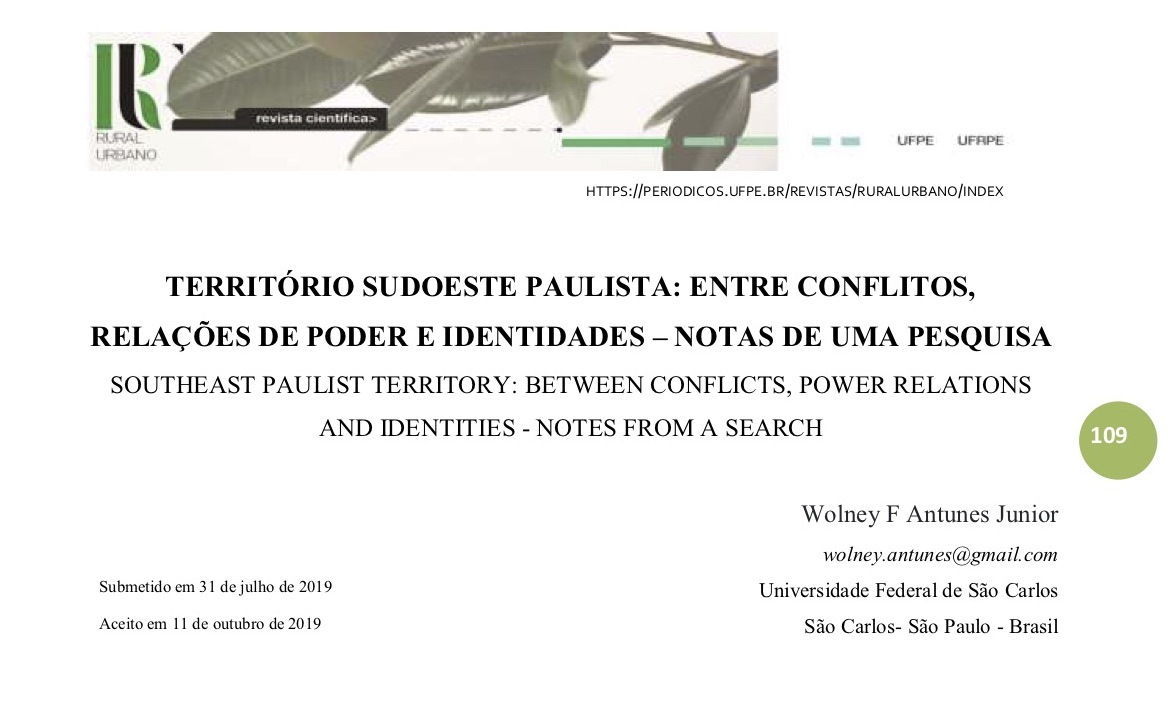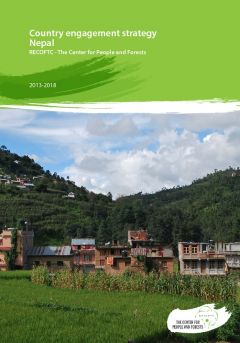Jelutung (Dyera polyphylla) agroforestry on drained peatlands
Dyera polyphylla, which is locally known as jelutung, is a tree that produces latex. The latex is used for chewing gums, insulator, tube, and others. The wood is soft and bright colour, which can be used for pulp, plywood, pencil, wooden toy, and others. It naturally grows on peat swamp forests in Sumatra and Kalimantan (Indonesian part of Borneo). Along with fast deforestation, population of wild jelutung is decreasing. In the era of degraded peatland restoration, jelutung was promoted to be planted in reforestation and afforestation.










